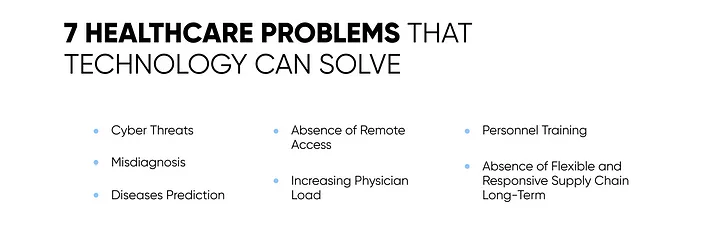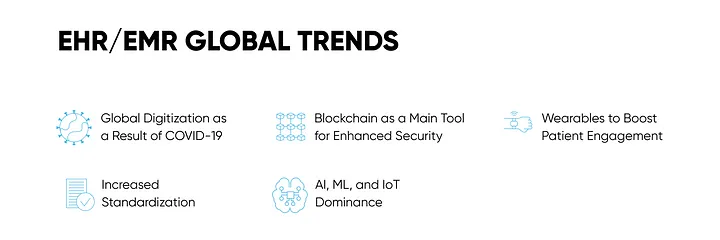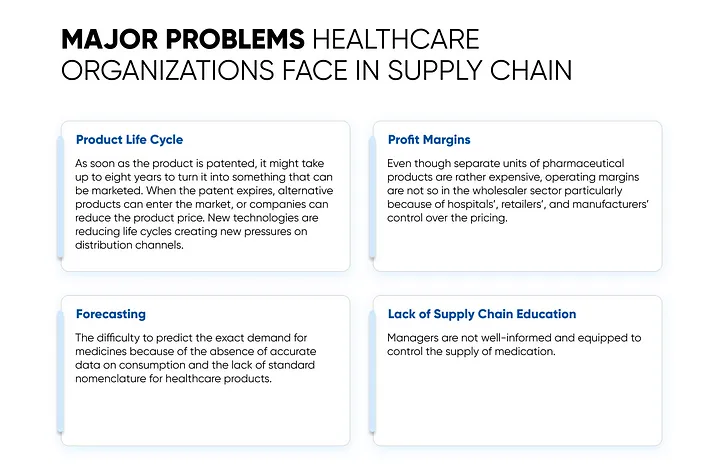Solution: Artificial Intelligence
Over the past couple of years, AI has substantially expanded in the fields of diagnostics and medical imaging, enabling medical researchers and doctors to deliver flawless clinical practice. Speeding up standardization and quantification, deep learning not only helps to prevent errors and improve test outcomes, it also improves the assessment in medical imaging to detect malignancy and Diabetic Retinopathy (DR).
Enlitic, the 5th smartest AI company in the world, develops deep-learning medical tools to streamline radiology diagnosis. By analyzing unstructured medical data such as radiology images, EKGs, blood tests, etc, the platform gives doctors better insights into a patient's current state.
Problem #6 Diseases Prediction
Predicting diseases requires analyzing vast amounts of data such as medical records, lifestyle habits, genetic information, and environmental factors. Doing this manually is literally impossible though the technology has a perfect solution to healthcare problems like this.
Solution: Machine Learning
Using machine learning tools to store and analyze the data, healthcare providers can address a large number of diseases before their occurrence. Currently, data mining is one of the solutions for healthcare problems as it serves as a basis for the development of early detection systems.
For example, Freenome leverages AI in screening, blood work, and diagnostic tests to examine for cancer. This allows it to detect cancer in its earliest stages and afterward develop new treatments.
Problem #7 Personnel Training
Training of personnel in healthcare organizations can be challenging due to a big list of reasons such as big length and intensity of training, new techniques and technologies being developed all the time, and the complexity of medical knowledge. Medical professionals are responsible for the health and well-being of other people therefore must have a vast array of knowledge and skills to diagnose and treat patients effectively. However, this is one of the medical problems that can be solved with technology.
Solution: VR & AR
Surgeons can use VR & AR solutions before performing an operation to walk through the organs or view 3D models of challenging surgical cases. What is more, such 3D organ models can serve illustrative purposes in the learning process or explain to patients the whole surgery process.
According to a Harvard Business Review study, surgeons that trained with VR solutions had a 230% boost in their performance in comparison to their traditionally trained colleagues.
Such software programs provided by Osso VR and Immersive Touch are already in active use and give promising results.
Conclusion
All the aforementioned medical problems that need solving will be actively addressed by healthcare providers in 2025 through the implementation of technology solutions in healthcare.
E-procurement systems will significantly reduce purchasing costs by the consolidation of supplier networks, ERP systems will provide an automated and paperless format for information to communicate through organizations, blockchain will ensure the security of sensitive patient data, and AI will help to improve diagnostics and disease prediction.












_1764586939-small.webp)